Tags
Deagol, Gollum, John Barrymore, Mark Twain, Robert Louis Stevenson, Sir Stanley Unwin, Smeagol, Stinker and Slinker, Strange Case of Doctor Jekyll and Mr. Hyde, The Eye of Sauron, The Facts Concerning the Recent Carnival of Crime in Connecticut, The Lord of the Rings, The Mirror of Galadriel, Tolkien
Dear readers, welcome, as ever.
In this posting, we are following a hint given us by JRRT. In a letter to Sir Stanley Unwin, 21 Sept, 1947, he says, “Hyde (or Jekyll) has had to have his way, and I have been obliged to devote myself mainly to philology…” (Letters, 124)
“Hyde (or Jekyll)” refers to the main character in Robert Louis Stevenson’s 1886 novella, Strange Case of Doctor Jekyll and Mr. Hyde.


This is often turned into The Strange Case… by editors, but, in fact, as can be seen from the title of the first edition, given above, there is no definite article. It seems clear to us that it has been omitted because Stevenson is imitating the shorthand methods of newspapers: the title is meant to sound like a headline, the sort of thing Sherlock Holmes’ observant eye would catch and he would then read to Watson.
The original story, if you’re not familiar with it, is about a doctor who leads two lives, one of service, the other of sensuality, and who wishes that he could separate them so that he could enjoy each without the influence of the other. He invents a drug, which, when consumed, turns the socially-responsible Dr. Jekyll (said “JEE-kull”, but often mispronounced)

into the loathsome Mr. Hyde.

The doctor runs into horrible difficulty when it gradually becomes clear that the Id-like Mr. Hyde is actually the dominant personality and the good Dr. Jekyll begins to turn into the fiendish Mr. Hyde even without the drug.
In JRRT’s case, it’s hardly sensuality—instead, it’s his academic life versus his creative one and the fact that he offers both as a possibility suggests that the difference between the two is hardly the glaring one we see in the Stevenson story.
The idea of the split personality in one person, however, leads us—well, if you’re a Tolkien fan, you know already, don’t you?

“Slinker and Stinker” Sam calls him, but it’s clear that, somewhere inside him, there are two much more distinctive personalities, just like Jekyll and Hyde.

The Dr. Jekyll is what must be almost a ghost of Smeagol, from his pre-Ring (and pre-murder of Deagol) days—ghost because near-constant exposure to the Ring has left him with only:
“…a little corner of his mind that was still his own…” (The Fellowship of the Ring, Book 1, Chapter 2, “The Shadow of the Past”)
But what is the Mr. Hyde?
Instead of a potion to break them apart, it has been the Ring which has caused the split and, in the process, as in the case of Dr. Jekyll, it has been the dark personality which has come to dominate. Unlike Mr. Hyde, however, there seems to be no pleasure to be had from being it:
“But the thing was eating up his mind, of course; and the torment had become almost unendurable.” (The Fellowship of the Ring, Book 1, Chapter 2, “The Shadow of the Past”)
JRRT isn’t any clearer about what was “eating up his mind”, but we imagine that, because Sauron has put so much of himself into the ring, just as Dr. Jekyll/Smeagol has that little corner of his own mind, Mr. Hyde/Gollum has a little corner of Sauron’s, which is a really terrible thought. One has only to remember Frodo’s reaction to Sauron when he looks into Galadriel’s mirror to understand:
“In the black abyss there appeared a single Eye that slowly grew, until it filled nearly all the Mirror. So terrible was it that Frodo stood rooted, unable to cry out or to withdraw his gaze. The Eye was rimmed with fire, but was itself glazed, yellow as a cat’s, watchful and intent, and the black slit of its pupil opened on a pit, a window into nothing.” (The Fellowship of the Ring, Book 2, Chapter 7, “The Mirror of Galadriel”)


Viewed this way, Mr. Hyde/Gollum is nothing more than a little Sauron.
There is another, more physical connection between Smeagol/Gollum and Jekyll/Hyde. Look at the narrator’s description of Hyde:
“Mr. Hyde was pale and dwarfish; he gave the impression of deformity without any namable malformation; he had a displeasing smile; he had borne himself to the lawyer with a sort of murderous mixture of timidity and boldness, and he spoke with a husky, whispering, and somewhat broken voice…”
(Strange Case of Dr. Jekyll and Mr. Hyde, “The Search for Mr. Hyde”)
Compare that with:
“Deep down here by the dark water lived old Gollum, a small slimy creature…” who often talks in hisses and whispers, like:
“Bless us and splash us, my precioussss!”
(The Hobbit, Chapter 5, “Riddles in the Dark”)

Is there a physical similarity here? Certainly there is the echo of split personalities, evil, and, maybe, someone caught between what he wants and what he does…


Thanks, as always, for reading.
MTCIDC
CD
ps
Our pictures of Jekyll and Hyde come from a famous 1920 film, in which John Barrymore transforms himself into Hyde on camera. Follow this link to the Internet Archive to see a full, free showing (80+ minutes) of that film.
pps
It just occurred to us to mention another story with a shrunken figure of the self– Mark Twain’s conscience in his “The Facts Concerning the Recent Carnival of Crime in Connecticut” (1876).














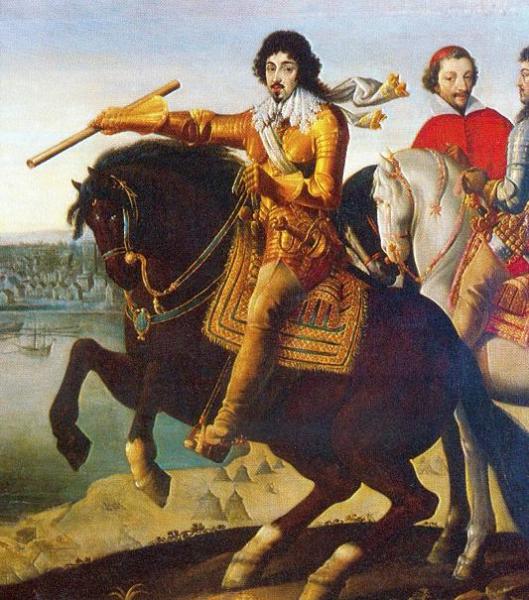


































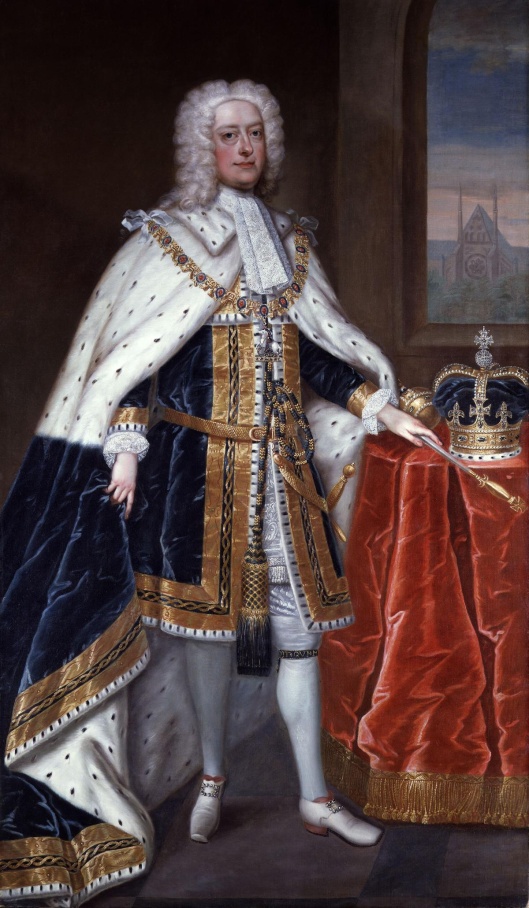








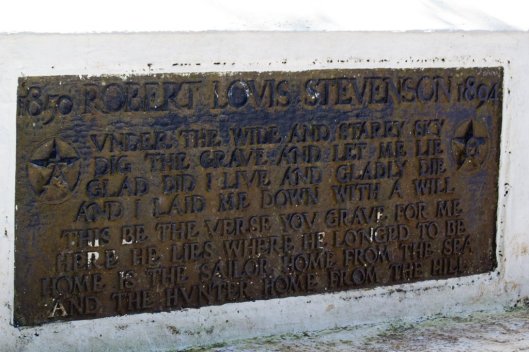









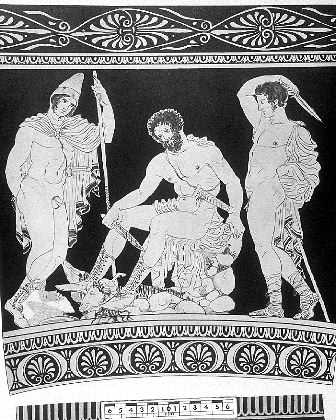








 Originally, this had been the site of a Gondorian strongpoint, but, as Gondor waned, it fell into disuse until taken over by Saruman with the permission of the Steward of Gondor, Beren. When
Originally, this had been the site of a Gondorian strongpoint, but, as Gondor waned, it fell into disuse until taken over by Saruman with the permission of the Steward of Gondor, Beren. When 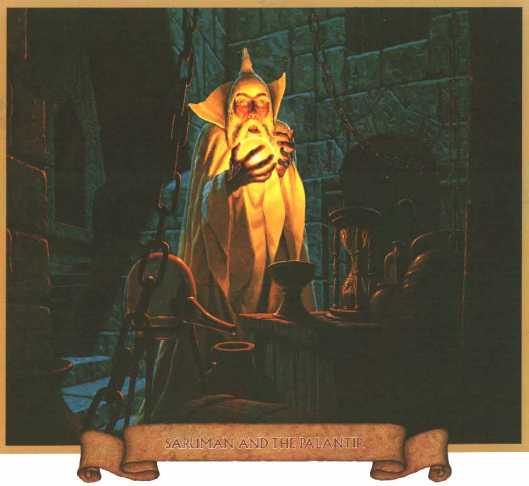



 Like Saruman, Macbeth is overcome, gives in, murders Duncan, seizes power, but, also like Saruman, can not retain it and, interestingly, an element in his defeat closely resembles an element in Saruman’s defeat: trees.
Like Saruman, Macbeth is overcome, gives in, murders Duncan, seizes power, but, also like Saruman, can not retain it and, interestingly, an element in his defeat closely resembles an element in Saruman’s defeat: trees.



